A research team led by USA-based Colorado State University Springfield College in collaboration with NASA Langley Research Center has analysed the impact of wildfire smoke on solar resource availability, namely direct normal irradiance (DNI) and global horizontal irradiance (GHI).
At the finest scale of their research, the team examined two days from the 2020 wildfire season in California and compared them against analogous smoke-free conditions on the same days in 2019.
At larger monthly and yearly scales, the team compared regional and national solar resources under the high smoke conditions of 2020 and the low smoke conditions of 2019. At an even larger scale, the analysis was expanded to 2006-2021 to characterize longer-term, regional smoke-irradiance interactions.
“We find considerable losses in model-based daily mean DNI (32–42%) and GHI (11–17%) in California due to local smoke,” the group explained.
“Local smoke can also greatly reduce monthly mean DNI (max: 61%) and GHI (max: 25%) with impacts on DNI persisting downwind of fires. However, the impact of transported smoke on GHI is relatively minimal (<5%) on average over contiguous U.S. (CONUS), even during an extreme wildfire season.”
Using satellite-based smoke, aerosol, and cloud observations, the team were able to measure the impact at the state, regional, and national levels across the United States at different temporal scales.
“Solar resources are assessed by the amount of shortwave DNI and GHI irradiance a location receives,” they explained. “Concentrating solar-thermal power (CSP) relies on DNI while PV relies primarily on GHI. However, combined, GHI and DNI indicate the amount of diffuse radiation, which affects solar panel technologies differently.”
The researchers utilised clear-sky and all-sky DNI and GHI data from the National Renewable Energy Laboratory‘s National Solar Radiation Database (NSRDB) at a 4 kilometre spatial resolution and 30-minute temporal resolution across the US. All-sky metrics include cloud and aerosol impacts, while clear-sky values include aerosols but exclude clouds.
“We compute daily means for each variable using times when the solar zenith angle (SZA) is less than 75°, cloud-driven changes by subtracting the clear-sky (i.e., cloud-free) and all-sky values, and smoke-driven changes by subtracting clear-sky values on smoke-impacted and reference smoke-free days,” the scientists said.
The researchers concluded the scale of the GHI reductions implies that the average impact of smoke plumes on solar resources is relatively minimal across the US, which they said is “encouraging,” as more utility-scale battery storage capacity comes online, when local smoke causes potentially large irradiance shifts at finer timescales.
Their findings were presented in Solar energy resource availability under extreme and historical wildfire smoke conditions, published in Nature Communications.
This content is protected by copyright and may not be reused. If you want to cooperate with us and would like to reuse some of our content, please contact: editors@pv-magazine.com.
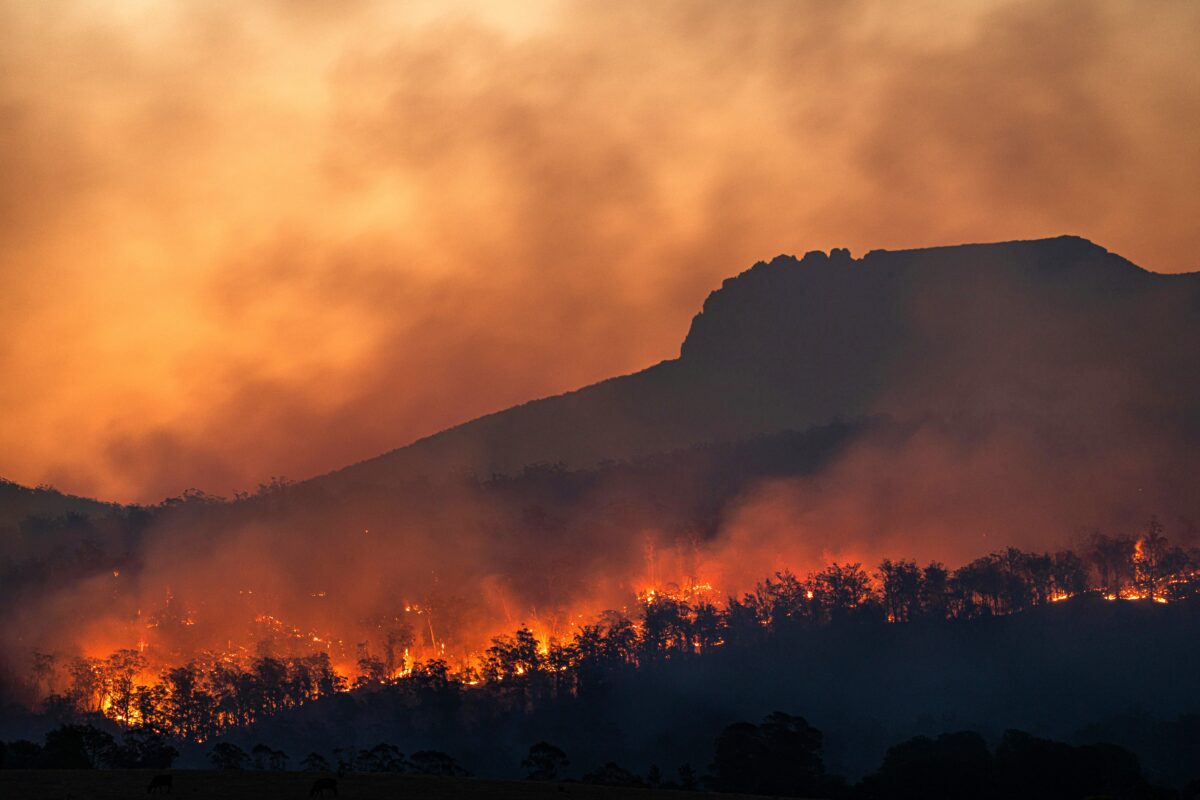


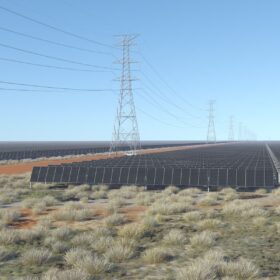
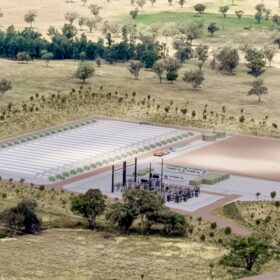

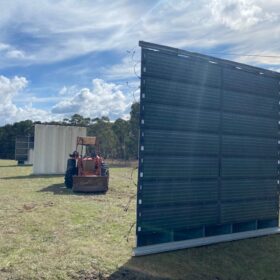
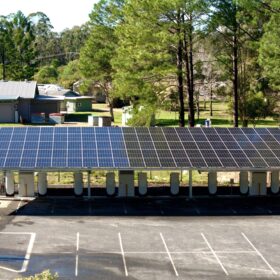
By submitting this form you agree to pv magazine using your data for the purposes of publishing your comment.
Your personal data will only be disclosed or otherwise transmitted to third parties for the purposes of spam filtering or if this is necessary for technical maintenance of the website. Any other transfer to third parties will not take place unless this is justified on the basis of applicable data protection regulations or if pv magazine is legally obliged to do so.
You may revoke this consent at any time with effect for the future, in which case your personal data will be deleted immediately. Otherwise, your data will be deleted if pv magazine has processed your request or the purpose of data storage is fulfilled.
Further information on data privacy can be found in our Data Protection Policy.